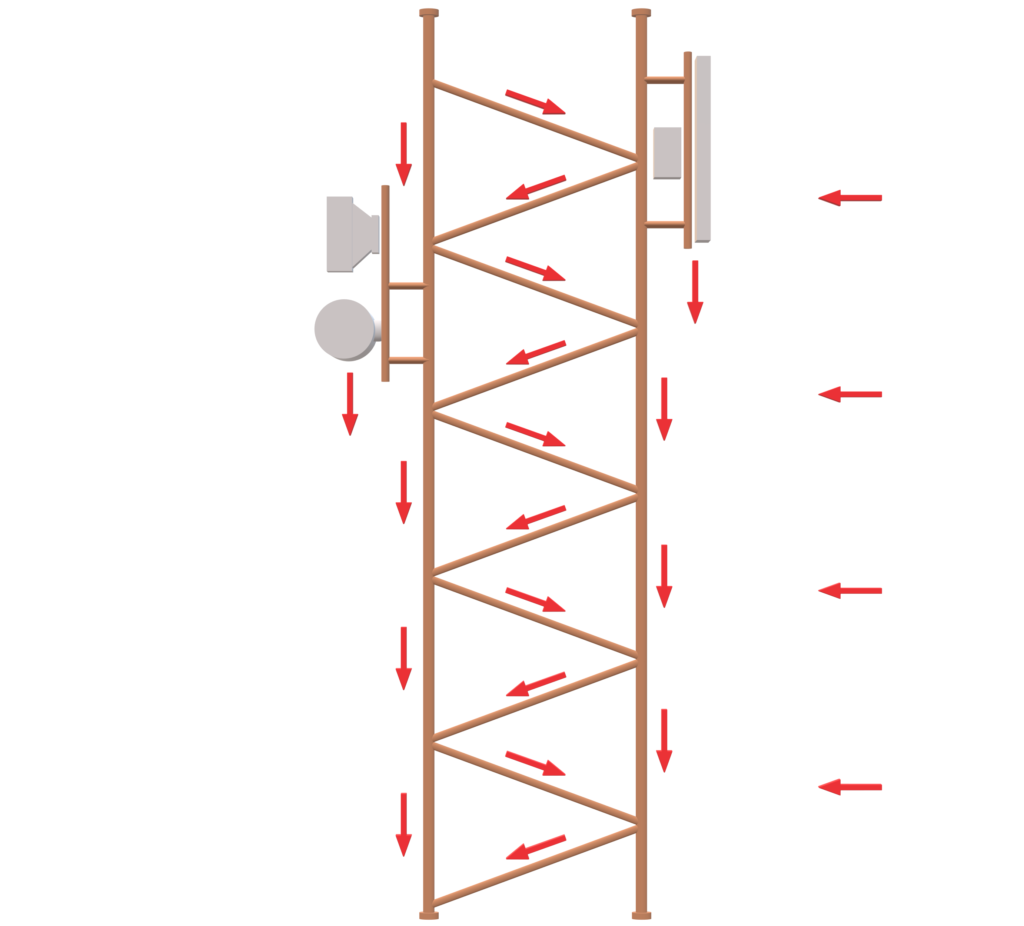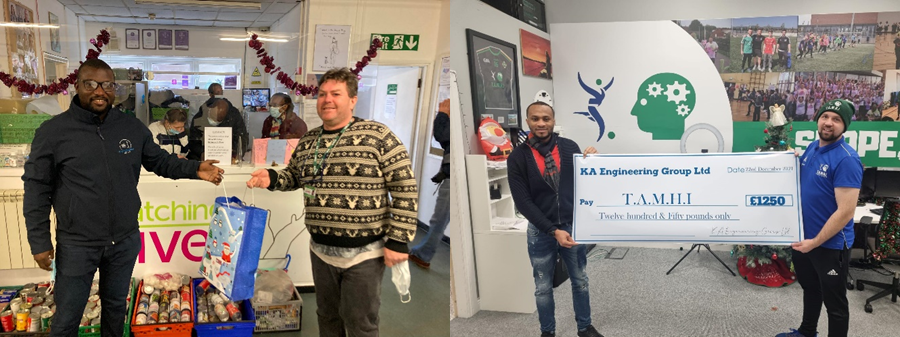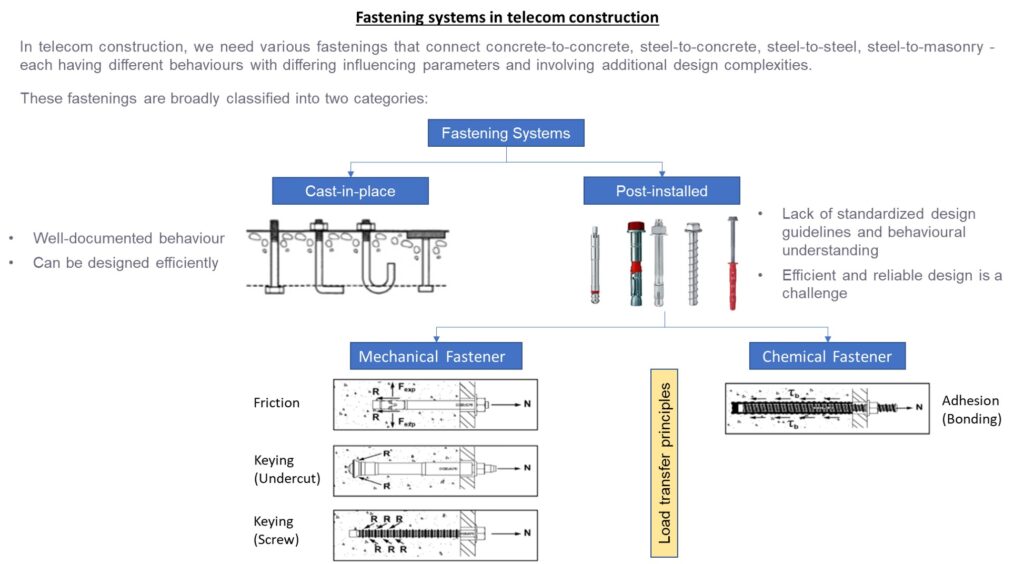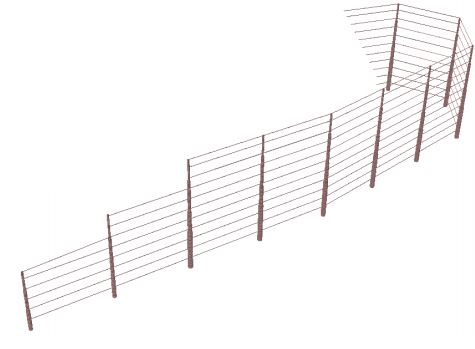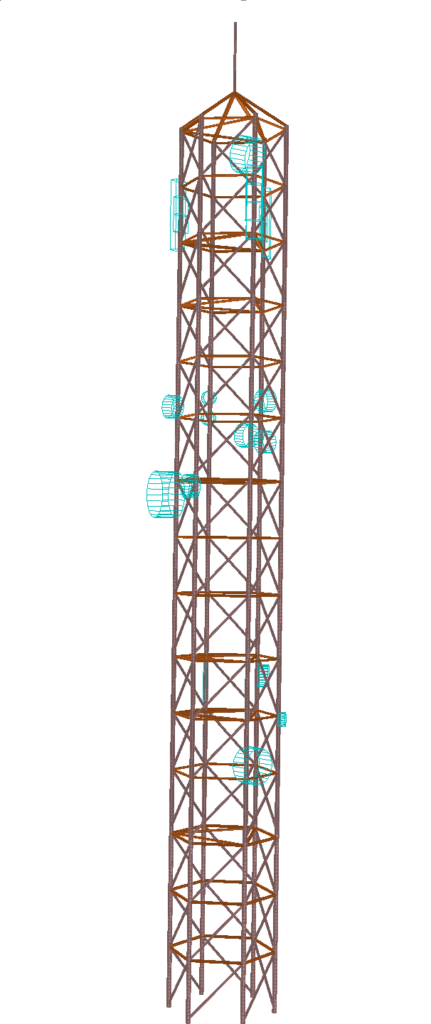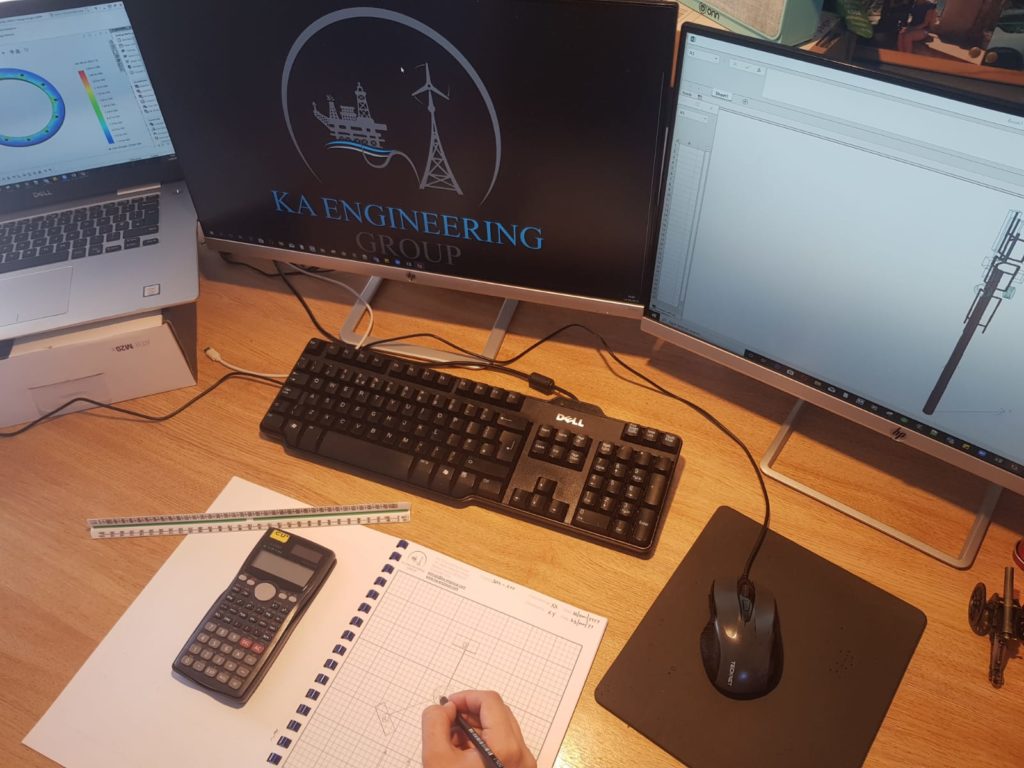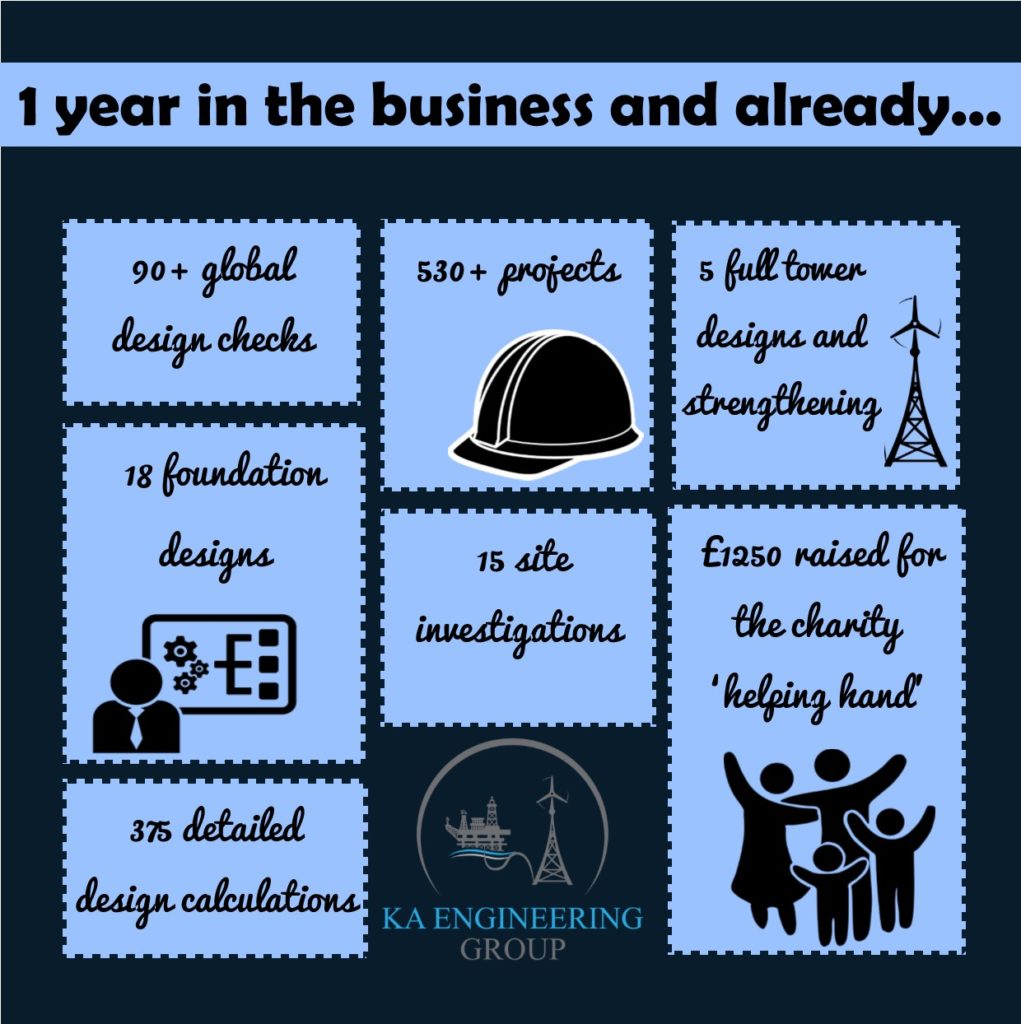This year’s theme for Mental Health Awareness Week is loneliness. No one is immune from feeling lonely and the pandemic really highlighted how much we all rely on interaction with others. Feelings of isolation have a negative impact on our wellbeing. By taking steps to prevent feeling isolated ourselves, we can also help combat loneliness in those around us. Read on to discover our top 3 tips for combating loneliness at work.
- Create a routine for checking in with others. Whether you start your day in a physical office, a virtual office, or even in the absence of an office at all, this is the perfect time to get in touch with others. Whether this be via face-to-face communication or a friendly message over WhatsApp, it will help the other person feel connected and give them a boost to start their day.
- Share but do not compare. Sometimes the emotions we are going through can harbour feelings of loneliness because we do not realise that others are going through the same things. By being open when we are struggling or having difficulties with our work we can help others to feel as though their feelings are validated. However, it is important that we do not compare- it is not a competition.
- Find shared interests. By talking about our hobbies and passions, we can find others with similar interests, and this can help communication flow. Even if someone does not have the same interest, your passion may spark something in them and encourage them to try something new- which can also be great for our mood and wellbeing.
What are your top tips for combating loneliness at work?



